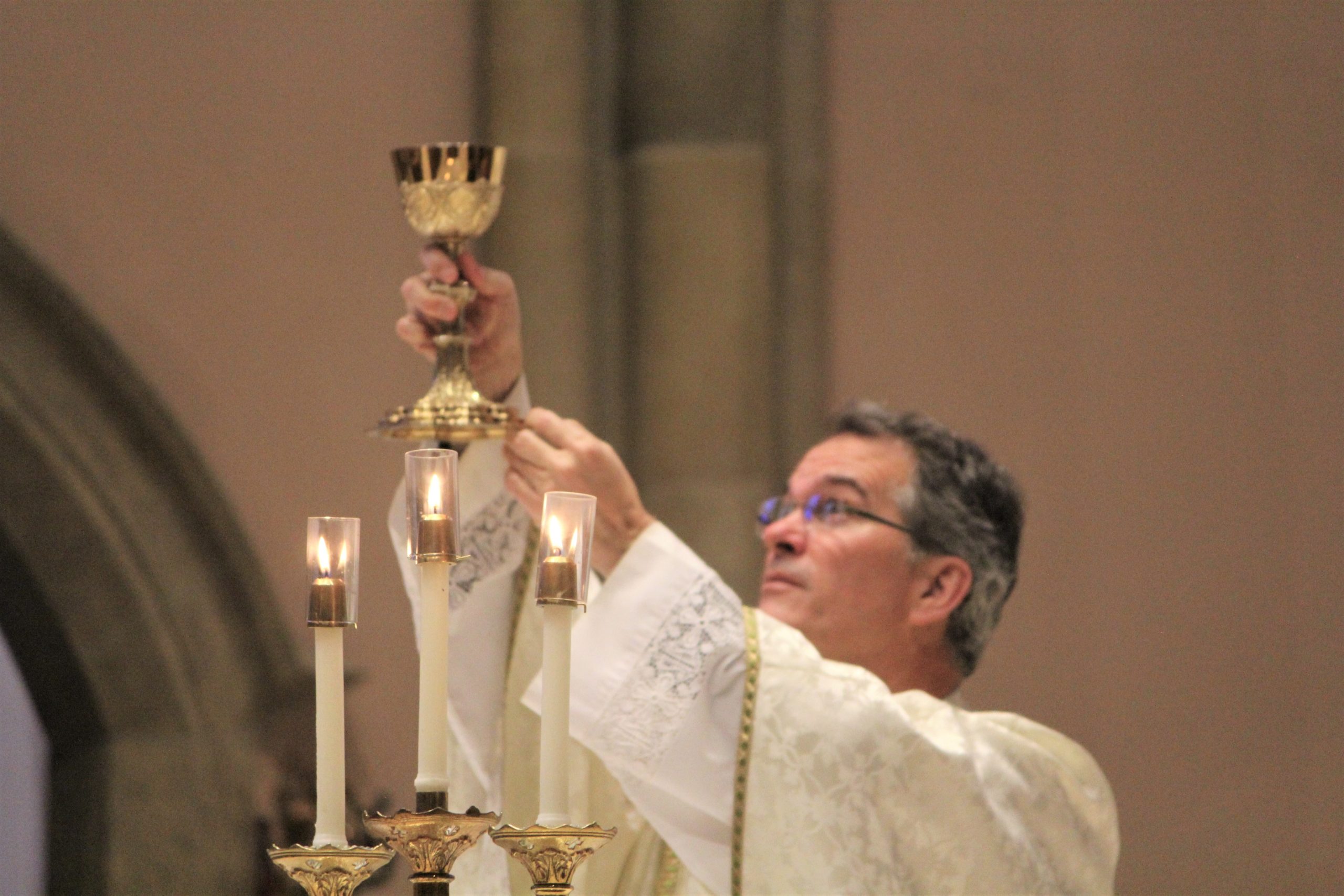 We are ready and prepared to start the weekend of September 11 to offer parishioners the opportunity to receive the Blood of Christ from the Communion Cup, after two and a half years without. As before Covid-19, no one is obliged to receive from the Cup. Please do what you and your family are most comfortable.
We are ready and prepared to start the weekend of September 11 to offer parishioners the opportunity to receive the Blood of Christ from the Communion Cup, after two and a half years without. As before Covid-19, no one is obliged to receive from the Cup. Please do what you and your family are most comfortable.